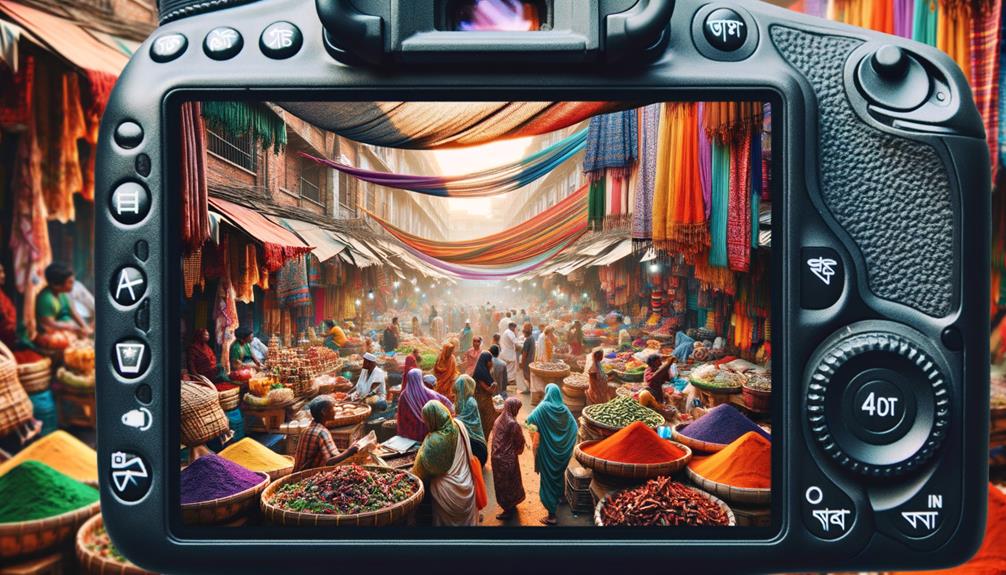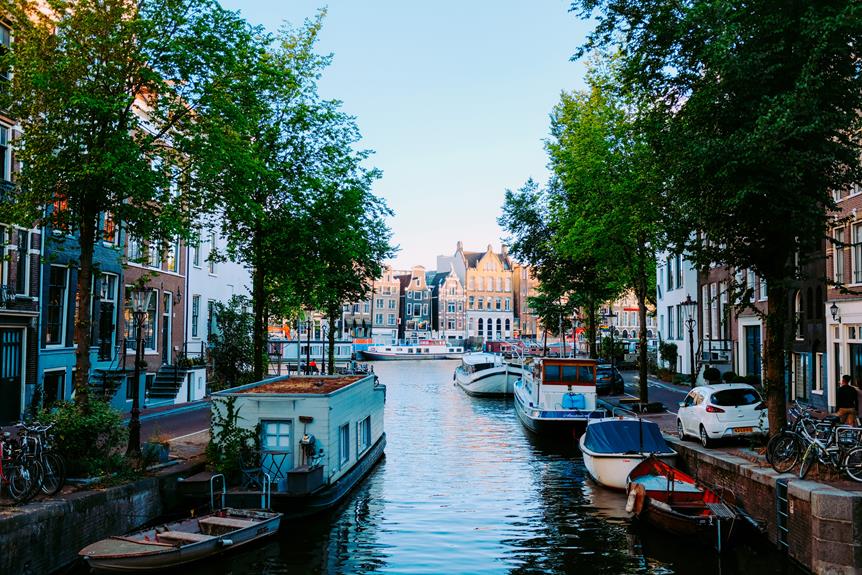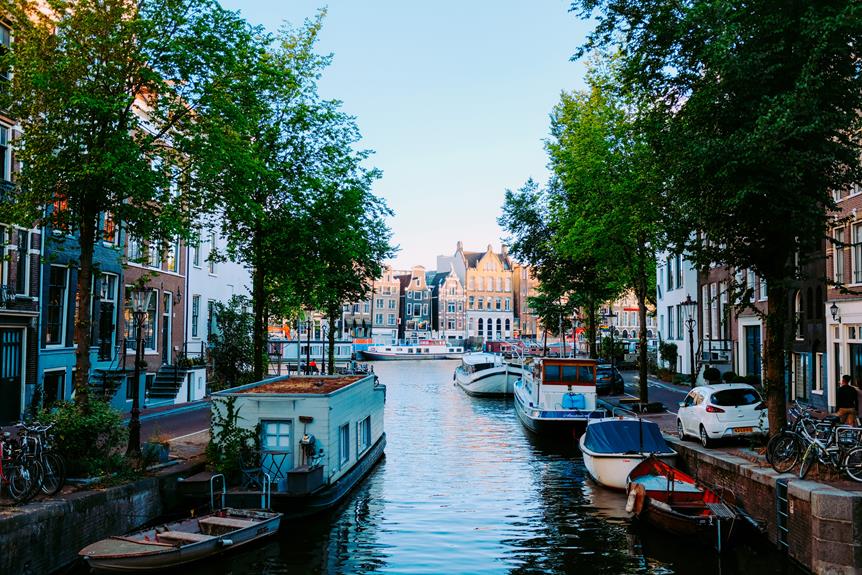Rajshahi Division, often referred to as a kingdom with a rich history, holds a captivating narrative that has shaped the region into what it is today. From its humble beginnings as a British-established division in 1829 to its subsequent division during the partition of Bengal in 1947, Rajshahi Division has witnessed significant transformations. With the formation of the Rangpur Division in 2010, the region has undergone further changes, making it a topic of intrigue and exploration. This article will shed light on the etymology and names associated with the division, its historical milestones, demographic composition, and notable residents. By delving into these aspects, we can uncover the fascinating tapestry that makes Rajshahi Division a must-know destination.
Etymology and Names
The etymology and names of Rajshahi Division have deep historical roots, revealing the rich heritage and significance of this region in Bangladesh. The name "Rajshahi" is derived from a compound of the words "Raj" and "Shahi," which can be translated as reign or kingdom. This name reflects the historical importance and regal nature of the region. Interestingly, archaic spelling variations in the English language also included "Rajeshae," further highlighting the diverse linguistic influences on the name. The significance of the name lies in its connection to the region's past as a center of power and authority. The etymology of Rajshahi Division provides a glimpse into the cultural and historical tapestry of this vibrant region in Bangladesh.
History
With a rich and captivating past, Rajshahi Division has witnessed significant historical events that have shaped its identity and contributed to its cultural heritage. The division was created in 1829 by the British government, becoming the largest division in Bengal Province. However, the partition of Bengal in 1947 brought about a major change. The division was split into two halves, with the eastern half retaining the name Rajshahi Division, and the western half becoming the Jalpaiguri Division of West Bengal, India. Then, in January 2010, the Rangpur Division was created, separating from Rajshahi Division. These historical events have left a lasting impact on the division, shaping its demographics, cultural landscape, and political boundaries. The Partition of Bengal and the creation of Rangpur Division are pivotal moments in Rajshahi Division's history, reflecting the complex dynamics of the region.
Partition of Bengal
The Partition of Bengal marked a significant turning point in the history of Rajshahi Division, reshaping its political boundaries and cultural landscape. The partition, which took place in 1947, was a result of the Indian independence movement and the subsequent creation of the separate nations of India and Pakistan. As a result of the partition, the division was split into two halves. The eastern half remained as Rajshahi Division, while the western half became Jalpaiguri Division of West Bengal, India. The impact of the partition was profound, with significant changes in demographics, economy, and social fabric. The division witnessed mass migrations, communal tensions, and a reconfiguration of administrative structures. Despite the challenges and disruptions caused by the partition, Rajshahi Division has managed to preserve its rich history and cultural heritage.
Creation of Rangpur Division
Following the partition of Bengal in 1947, a significant event occurred that led to the creation of a new division in the region, known as Rangpur Division. This division was formed as a result of the division of the Rajshahi Division, which was the largest division in Bengal Province at that time. The impact of the partition on Rajshahi Division's demographics was profound. Muslims, who made up the majority of the population, remained in the Rajshahi Division, while Hindus, who constituted a significant portion of the population, were left in the newly created Rangpur Division. This division not only altered the demographics of the region but also had a lasting impact on its cultural and social fabric. The creation of Rangpur Division marked a significant turning point in the history of the region, shaping its future trajectory.
- The partition created a sense of uncertainty and fear among the people, as families were separated and forced to leave their homes and belongings behind.
- The division also resulted in the displacement of thousands of people, who had to start their lives anew in a different division.
Demographics
Rajshahi Division is home to a diverse population with a strong representation of different religious and cultural backgrounds. At the time of the 2011 census, the division had a population of 18,484,858. Muslims make up the majority, accounting for 93.31% of the population, followed by Hindus at 5.85%. Other religions, including Christianity and indigenous faiths, make up 0.24% of the population. The division is also known for its educational institutions, with the University of Rajshahi being the second largest university in Bangladesh. This emphasis on education has contributed to the growth and development of the population, as well as the overall progress of the division. The table below provides a visual representation of the demographic breakdown in Rajshahi Division:
| Religion | Percentage |
|---|---|
| Muslim | 93.31% |
| Hindu | 5.85% |
| Others | 0.24% |
The population growth in Rajshahi Division has been supported by the presence of these educational institutions, promoting diversity and cultural understanding among its residents.
Religious Composition
With a diverse population representing various religious backgrounds, Rajshahi Division showcases a rich tapestry of faiths and beliefs. The religious diversity in this region is a testament to its cultural heritage and the coexistence of different religious communities.
- The majority of the population in Rajshahi Division identifies as Muslim, making up 93.31% of the population. This reflects the influence of Islam in the region and its importance in the daily lives of the people.
- Hindus form a significant minority, comprising 5.85% of the population. Their vibrant festivals, temples, and customs contribute to the cultural fabric of the division.
- Other religions, including Christianity and indigenous faiths, make up 0.24% of the population, adding to the religious tapestry of the region.
This religious composition not only highlights the diversity of beliefs but also underscores the unity and harmony that exist among the different religious communities in Rajshahi Division. It is a reflection of the cultural richness and heritage of the region.
Notable Residents
Renowned individuals who have emerged from Rajshahi Division include notable film-maker Montazur Rahman Akbar, esteemed fighter pilot and former Member of Parliament Group Captain (Rtd.) Saiful Azam, accomplished photographer Manzoor Alam Beg, and talented actress Apu Biswas. These residents have had a significant influence on arts, literature, and culture, and their impact on Rajshahi's history and development cannot be overstated. Montazur Rahman Akbar's films have garnered critical acclaim and have brought recognition to the region's film industry. Group Captain (Rtd.) Saiful Azam's contributions as a fighter pilot and Member of Parliament have not only brought honor to Rajshahi but have also played a role in shaping its political landscape. Manzoor Alam Beg's photography has captured the essence of Rajshahi's rich heritage, while Apu Biswas' performances have entertained audiences both locally and internationally. These notable residents have contributed to the growth and prominence of Rajshahi Division in various fields, leaving a lasting legacy for future generations.
References
The extensive research and comprehensive information provided in the references below offer valuable insights into the history, demographics, and notable residents of Rajshahi Division. These references are crucial for understanding the rich cultural heritage of Bangladesh and the impact of British colonization on the region.
References:
- List of Divisional Commissioners: This resource provides a detailed account of the administrative history of Rajshahi Division, shedding light on the division's governance and development over the years.
- Sub-national HDI – Area Database – Global Data Lab: This reference offers an in-depth analysis of the division's human development index, providing a comprehensive understanding of the social and economic dynamics of the region.
- Sajahan Miah (2012). Rajshahi Division: This entry in the Banglapedia provides a comprehensive overview of Rajshahi Division, covering its history, geography, culture, and notable landmarks.
- Population Census 2011: National Volume-1: Analytical Report (PDF): This report by the Bangladesh Bureau of Statistics offers valuable data on the population demographics of Rajshahi Division, allowing for a deeper understanding of its ethnic and religious composition.
- Encyclopedia of Bangladesh: This resource offers a broader perspective on the history and culture of Bangladesh, providing context to the division's place within the country's larger historical narrative.
Frequently Asked Questions
What Is the Geographical Location of Rajshahi Division?
Rajshahi Division is located in the northwestern part of Bangladesh. It is bordered by West Bengal, India to the west, Rangpur Division to the north, Khulna Division to the south, and Naogaon and Bogra districts to the east. The division is known for its diverse geographical features, including the Padma River, which flows through the division, and the Barind Tract, a vast fertile land. Rajshahi Division is also home to several historical landmarks, such as the Kantajew Temple and the Varendra Research Museum.
What Are the Major Industries and Economic Activities in Rajshahi Division?
The major industries in Rajshahi Division encompass a diverse range of sectors, contributing significantly to the region's economy. Agriculture is a prominent industry, with crops like jute, rice, wheat, and sugarcane being cultivated. The division also boasts a thriving textile industry, producing garments and textiles for both domestic and international markets. Other notable industries include pharmaceuticals, ceramics, and food processing. Additionally, economic activities such as trade, transportation, and services play a vital role in the division's economic landscape, fostering growth and development.
What Is the Climate Like in Rajshahi Division?
The climate in Rajshahi Division is characterized by a tropical monsoon climate. It experiences hot and humid summers, with temperatures reaching up to 40 degrees Celsius. The region receives heavy rainfall during the monsoon season, which lasts from June to September. The division is known for its agricultural practices, with rice being the main crop. Rajshahi Division is also home to several historical landmarks, such as the Puthia Rajbari and the Bagha Mosque, which showcase the rich history of the region.
What Are the Main Tourist Attractions in Rajshahi Division?
Rajshahi Division boasts a plethora of tourist attractions, including historical architectural marvels that showcase the rich history of the region. From the magnificent Kantajew Temple, known for its intricate terracotta artwork, to the impressive Bagha Mosque, adorned with beautiful stone carvings, visitors can immerse themselves in the grandeur of the past. Additionally, Rajshahi Division is renowned for its traditional crafts and handicrafts, offering visitors a chance to witness the skilled craftsmanship of the local artisans.
What Are the Cultural Traditions and Festivals Celebrated in Rajshahi Division?
Rajshahi Division in Bangladesh has a rich cultural heritage with various traditional music forms and festivals celebrated throughout the year. The division is known for its vibrant folk music and dance performances, which showcase the cultural traditions of the region. Festivals like Pahela Baishakh (Bengali New Year), Eid, Durga Puja, and Saraswati Puja are widely celebrated, reflecting the diverse religious and cultural practices of the people. These cultural traditions and festivals play a significant role in preserving and promoting the cultural identity of Rajshahi Division.





